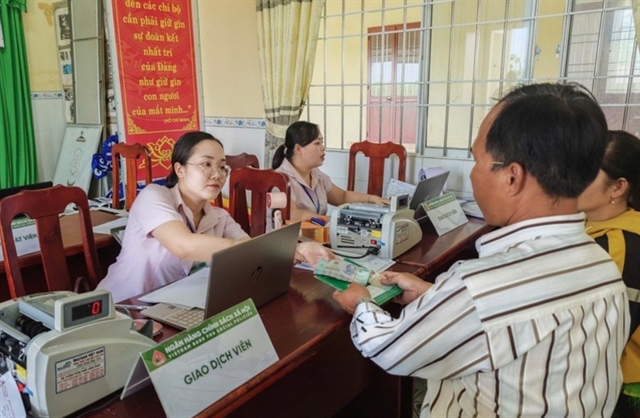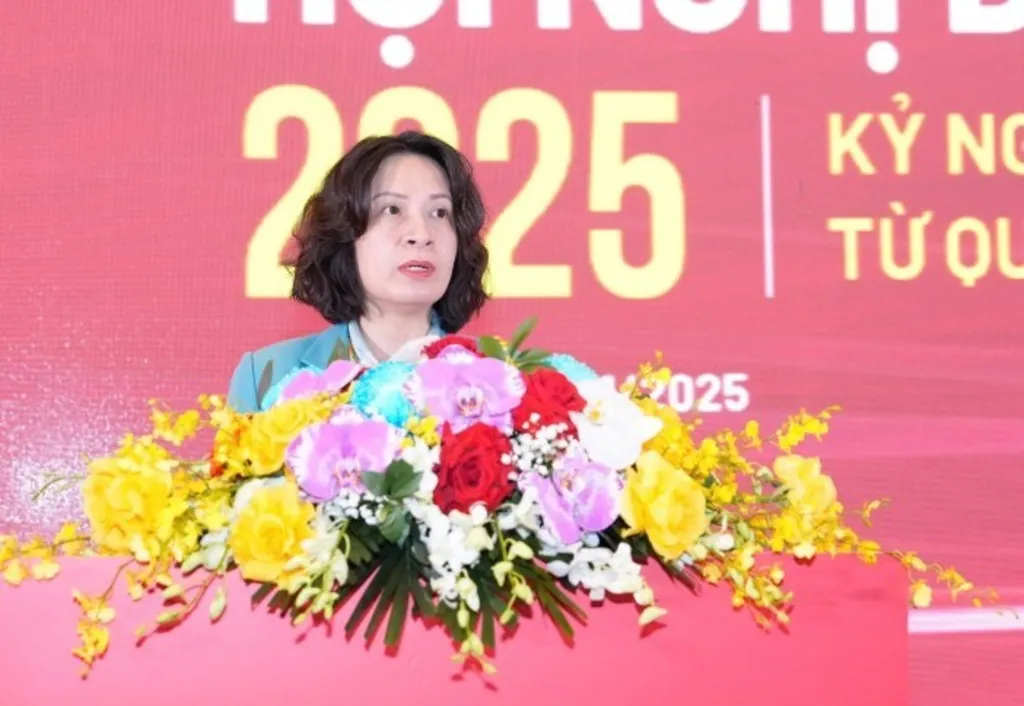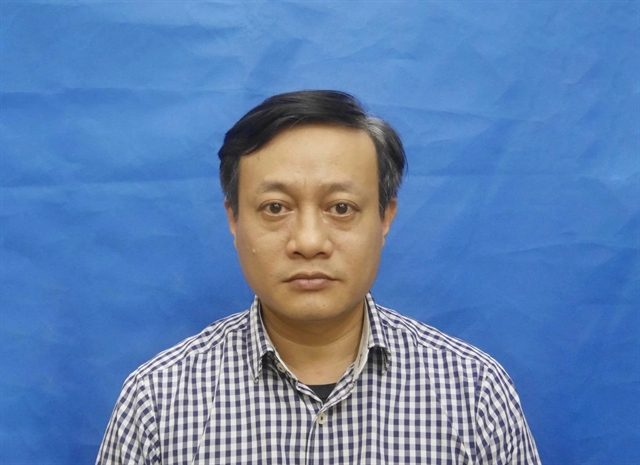.jpg) Society
Society

 |
| Nearly 1,200 delegates attend 2025 International Stroke Conference in Hà Nội. Photo courtesy of the Ministry of Health |
HÀ NỘI — Nearly 1,200 domestic and international delegates recently convened in Hà Nội for the 2025 International Stroke Conference, co-organised by the Hà Nội Stroke Association, the Stroke Centre of Bạch Mai Hospital, and the Department of Stroke and Cerebrovascular Diseases at the University of Medicine and Pharmacy.
In her opening remarks, Associate Professor Nguyễn Thị Liên Hương, Deputy Minister of Health, affirmed that this year’s theme — “The Digital Era in Stroke: From Comprehensive Management to Personalisation” — reflects the health sector’s strategic vision in harnessing digital technology, big data and artificial intelligence (AI) for the diagnosis, treatment and prevention of stroke.
She noted that Resolution No. 72-NQ/TW, issued by the Politburo in September 2025, outlines breakthrough measures to enhance the protection, care and improvement of public health. The resolution emphasises a shift from a treatment-focused healthcare model to one prioritising proactive disease prevention and holistic health promotion.
 |
| Deputy Minister of Health Nguyễn Thị Liên Hương delivers the opening address at the conference. Photo courtesy of the Ministry of Health |
“Therefore, alongside improving treatment outcomes, greater attention must be paid to prevention and the mitigation of stroke risk factors,” the Deputy Minister stressed.
According to Associate Professor Nguyễn Thị Liên Hương, the Ministry of Health has identified 2026–2035 as a pivotal period for advancing the National Stroke Prevention and Control Programme, with the goal of building a healthier and more resilient Việt Nam.
She called on Bạch Mai Hospital, the University of Medicine and Pharmacy, the Hà Nội Stroke Association and other professional organisations to make full use of international partnerships, particularly with the World Stroke Organisation (WSO), to further strengthen and expand the national stroke network — both in scope and quality. The ultimate objective, she said, is to ensure that every citizen can receive timely and high-quality stroke emergency care within the “golden hour.”
“The Ministry of Health is committed to continuing its support by creating enabling mechanisms, policies and resources to help hospitals, research institutes and stroke centres maximise their expertise and deepen international integration,” the Deputy Minister affirmed.
Associate Professor Mai Duy Tôn, Director of the Stroke Centre at Bạch Mai Hospital and President of the Hà Nội Stroke Association, noted that in recent years, Việt Nam’s health sector has made significant strides in reducing the burden of stroke. Key milestones include the 2024 Guidelines on Stroke Diagnosis and Treatment and Circular No. 47/2016, which facilitated the establishment of stroke treatment centres nationwide.
From just a few facilities in previous years, Việt Nam now boasts a network of 53 stroke centres nationwide as of the end of 2023. These centres are closely connected in emergency response, interventional treatment and post-stroke rehabilitation. Thanks to these efforts, the in-hospital mortality rate has dropped from 5 per cent to just over 2 per cent.
However, forecasts indicate that by 2035, stroke will remain among the top three causes of death and disability worldwide. Associate Professor Tôn therefore called for a comprehensive national strategy on stroke prevention and control, encompassing public awareness campaigns, early screening, timely intervention and effective rehabilitation.
The 2025 International Stroke Conference not only offers a platform to share the latest advances in thrombolysis, endovascular intervention, intensive care and rehabilitation, but also serves as a vital opportunity to strengthen research collaboration, professional training and technology transfer between Việt Nam and the global medical community.— VNS



